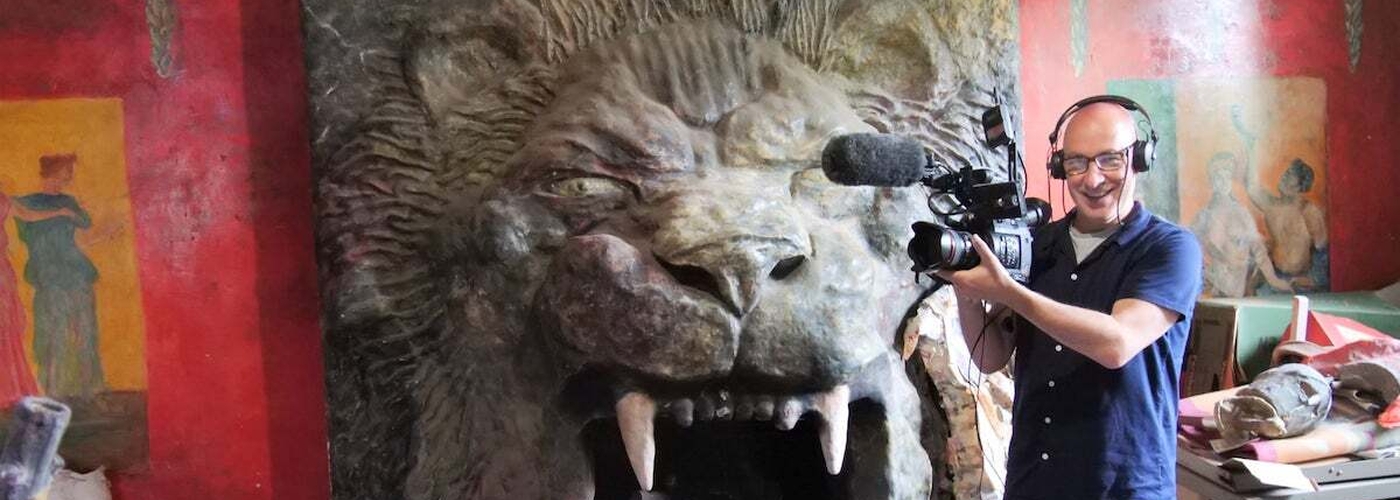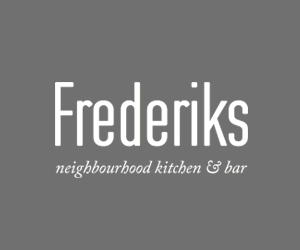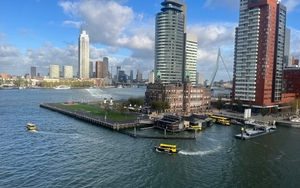Carol Emmas meets Martin Wallace, the filmmaker behind a new documentary
In 2015, I had the good fortune to meet artist Ron Gittins. When out walking, I stopped in my tracks with a “WTF” on seeing an elaborately hand-carved totem next to the front door of an Oxton house.
The outsider aspect of his art is great because this is a guy who lived around here for most of his life and has just done what he wanted to do.
Resembling a leprechaun and wearing the strangest of indescribable furry wigs under a cap, Ron popped out, as if from nowhere, to chat. Eccentric he was, but he was also interesting and friendly. When we parted ways, I was glad I’d had a conversation with one of the now rare breeds of ever-depleting, colourful Oxton characters.

Having rented his flat on a protected tenancy in 1986 and not allowing anyone in since then (including the landlord) Ron’s imagination ran riot with his perception of interior decoration. The weird and wonderful outsider art grotto that Ron built was only discovered when he died in 2019.
Saving Ron’s Place has been an initiative since the discovery was made after his death. But what to do with such a legacy when it becomes a logistical conundrum?
Filmmaker Martin Wallace is constructing a documentary, Deconstructing Ron, about Gittins the man. He says it’s mainly about attempting to piece together Ron as a person more than focussing on the house.

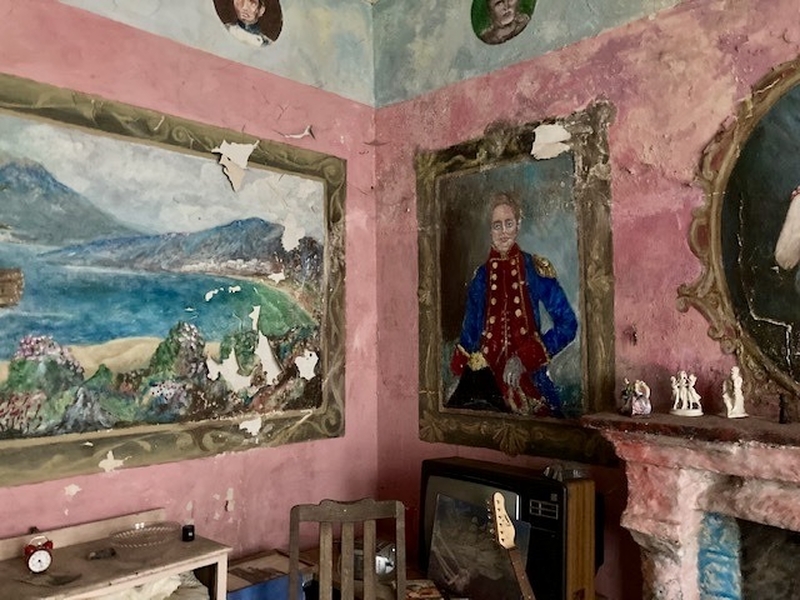
Martin continues to gather material and speak to those who knew, or knew of him, as well as archive his work and try to piece together and make some sense of the material he left behind.
“It has been tricky,” says Martin. “Initially, we raised enough money to pay the rent and the council tax for a while, but then COVID came and we weren't able to get much done. That was a shame really, because when these places are discovered you need to strike while the iron is hot and quickly move forward.”
Unfortunately, and latterly Martin says, the investors who were keen on buying the property initially have pulled out due to house price disagreements.
“The second thing is, the real value of this place isn't actually in the fabric of what Ron’s created in terms of his art. It’s more about the experience of coming here and in a way it shifts your mentality when you think about who would make something like this.”


The "something like this", is the fantastical giant concrete sculptured lions that envelop the fireplace, the Egyptian, Grecian and Roman-themed murals and underwater themes that adorn walls and ceilings. All of which was only discovered when his family (that includes Ron’s niece Jan Williams and Chris Teasdale of The Caravan Gallery) came to help clear out the flat.
Martin says: “Ron was no Picasso. There are houses discovered that might have been the houses of craftsmen who were part of some great tradition - then everyone can get on board and say let's save this. But Ron’s Place doesn't fit that bill because the taste and the story behind it are a lot more complicated,” says Martin.
The way Martin views Ron’s legacy is for the place to become an interactive centre for artistic projects.
“Ron had mental health problems. The outsider aspect of his art is great because this is a guy who lived around here for most of his life and has just done what he wanted to do. He empowered himself through doing this and for people, that’s enriching.”
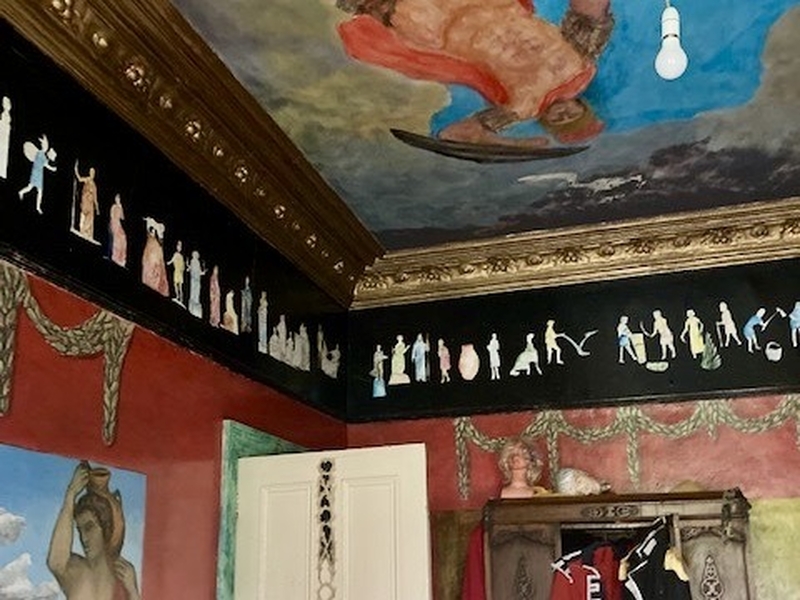
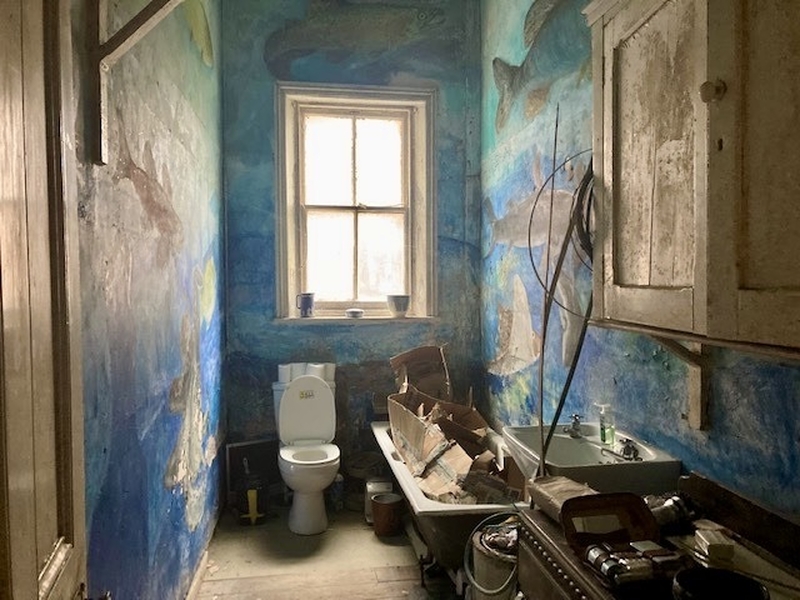
Martin adds, “So yeah, I think that the real value of these kinds of places is the way it kind of provokes a response in people who don't consider themselves to like art or be creative. Suddenly you can then say, well, there is a demand for that, in the sense that there’s a lot of deprivation in Birkenhead and people feel very disempowered.
"So, it would be giving people an opportunity to try something that they've maybe not tried since school and to take pride in something. It's not just about the artefact that they produce. It's about the process. And it's about the communities that are made. It’s also about a grassroots transformation.”

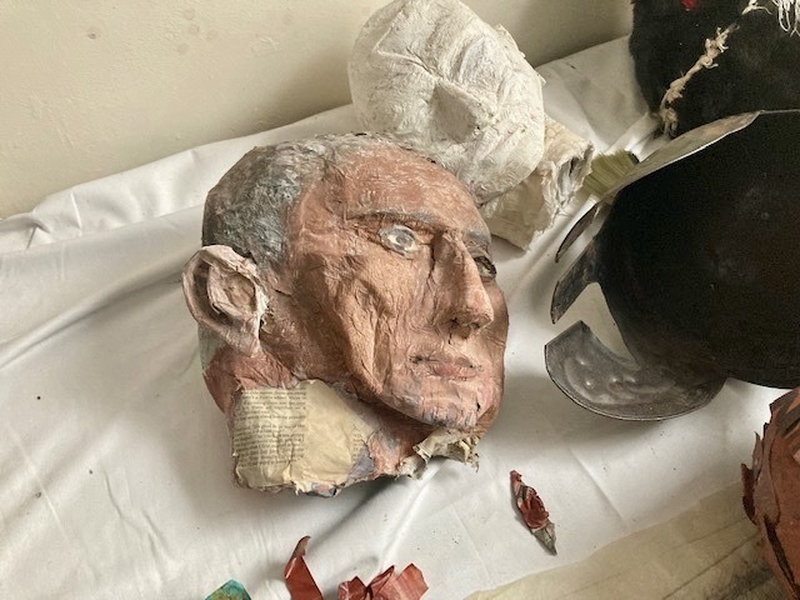
There’s no shortage of backbone to the project. Amongst an impressive array of Liverpool and Wirral cultural campaigners, Jarvis Cocker is patron.
No strangers to each other (they went to college together), Martin and Jarvis made Journeys Into the Outside (1999) for Channel 4, travelling across Europe and the USA in order to find outsider art environments.
The next stage of saving Ron’s Place is the two fundraising events planned to try to raise money to buy the apartment or building. A long-term champion of outsider art, Jarvis Cocker is in conversation at the Liverpool Playhouse (September 30) for the launch of his new book Good Pop, Bad Pop, with proceeds from the event going to Ron’s Place.
In addition, there is a full-day fundraising festival at Future Yard on Sunday 25 September which includes music from Silent K, Beija Flo, Bill Ryder-Jones and Dancing to Architecture.
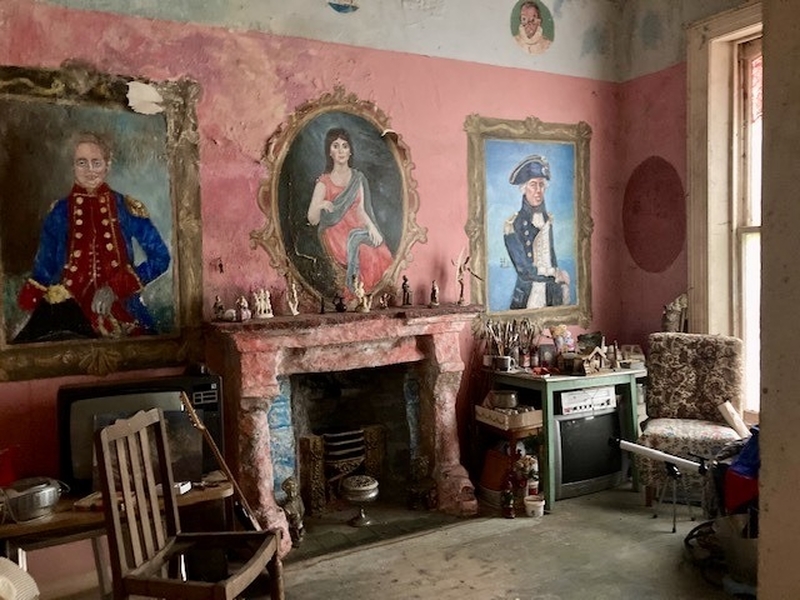
For Martin, he could take the easy route, make his documentary and duck out. But he’s clearly invested for the long haul in its future both emotionally and financially.
“We’re at a kind of a crossroads in terms of keeping the whole thing going. I’ve been involved for the last two and a half years and given money to it - I can’t keep doing that.
“Once we’ve got the building and can start doing stuff, then it becomes easy because no one wants to see it fail. It's also tricky, because if we had someone in our gang who was a bit more grassroots and was already doing these sorts of animateur roles with communities, then we could get things moving and that’d be great.”
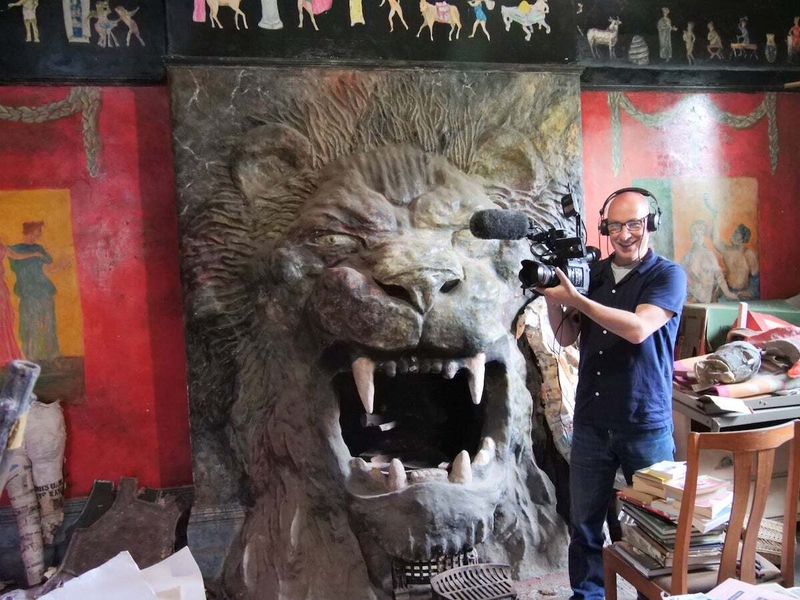
Martin adds, “We’ve had great support from Future Yard and Bloom building for this as part of pushing for the regeneration of Birkenhead. I just hope that enough people show up because it's the kind of thing that could be a great event. But if local people don't know enough about it, you know, well that would be a real shame.”
Deconstructing Ron is expected to be completed in Autumn, 2023.
For more information on the campaign, visit Ron's Place.
Cover image: Ron's Place / Facebook
All other images © Carol Emmas / Confidentials





